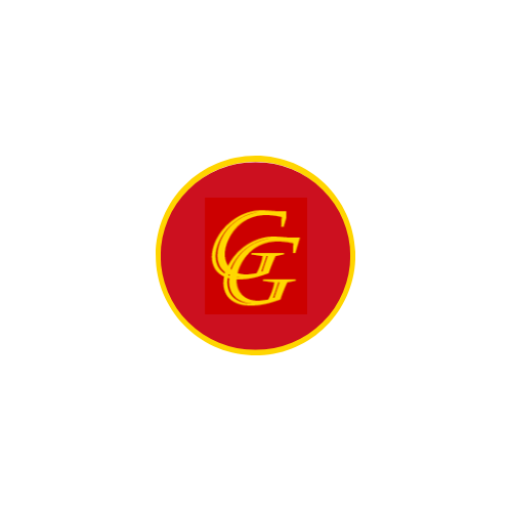
Good morning Leathernecks, and on this the 30th and penultimate day of July in the history of our beloved Corps:
In 1889, the schooner Tallapoosa’s Marines deploy to Buenos Aires, Argentina, to guard the U.S. consulate during a revolution.
In 1900, the 4th Marine Battalion of eight officers and 220 enlisted men arrives at Tienstin under command of Major William P. Biddle.
Due to the illness of Colonel Meade, Biddle assumes command of the 1st Regiment.
In 1918, the personnel of the 1st Marine Aviation Force arrives in Brest, France.
The crews soon begin flying missions in British DH-4 and DH-9A bombers with British squadrons.
In 1944, the 4th Marine Division captures Tinian Town.
-The airfield on Orote Peninsula, Guam goes into operation when aircraft from VMO-1 land on it.
The U.S. Army’s New Guinea drive ended on Sansapor Point.
Japan refused the Potsdam ultimatum.
In 1959, BLT 3/8, VMA-225, and a detachment of HMR(L)-262 depart North Carolina to serve as the landing force of the Sixth Fleet.
They will return on 8 February 1960.
Helicopter squadrons do not become a routine part of the landing force until 1963.
In 1964, the Guantanamo Bay Naval Base dedicates a new plant that produces fresh water.
In 1996, Commandant Krulak announces changes to recruit training.
The most significant will be the Crucible, a 54-hour event near the end of the boot camp cycle that will challenge the mental and physical endurance of recruits and mark their transformation into Marines.

Saepius Exertus, Semper Fidelis, Frater Infinitas!
Often Tested, Always Faithful, Brothers Forever!
-Richard W. Pettengill, Corporal USMC
And damn proud of it!
